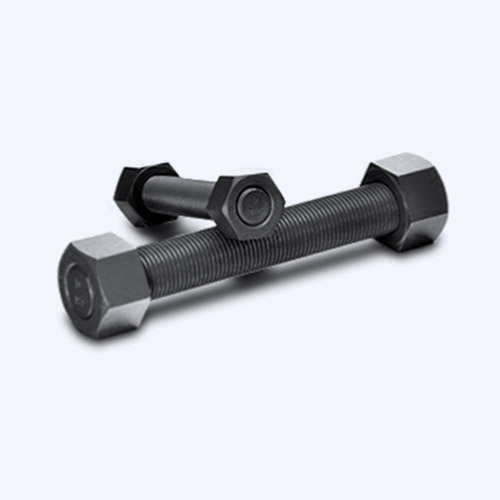Jul . 29, 2024 21:45 Back to list
Understanding the Different Applications and Benefits of Bolt Type Shackles in Various Industries
The Importance of Bolt Type Shackles in Industrial Applications
In various industrial and construction settings, the importance of reliable and robust lifting equipment cannot be overstated. Among the myriad of hardware used for lifting and securing loads, bolt type shackles hold a significant place. These essential components provide a means of connecting other elements, such as ropes, chains, and cables, to lifting devices, ensuring safety and efficiency during operations.
A bolt type shackle is a specific design of shackle that features a screw pin or bolt mechanism. Unlike other types of shackles that may use a simple latch or pin, the bolt type provides a more secure connection. This is particularly crucial in applications where the load may shift or where there are dynamic forces at play, such as in construction sites, maritime operations, and heavy lifting sectors.
The construction of bolt type shackles typically involves high-strength materials, often forged steel, which allows them to endure substantial loads without failure. The design is such that it optimizes the distribution of stress, contributing to its overall durability. In instances where safety is paramount, such as in lifting heavy machinery or loads, the reliability of the bolt type shackle can prevent catastrophic accidents.
One of the significant advantages of bolt type shackles is their versatility
. They come in various sizes and load capacities, making them suitable for a wide range of applications. For example, small bolt type shackles may be used in rigging applications, while larger variants can be utilized for lifting heavy equipment or securing large structures. This adaptability contributes to their popularity across different industries, including construction, transportation, shipping, and even recreational activities such as sailing.bolt type shackle

In the maritime sector, bolt type shackles play a critical role in securing cargo and ensuring safe towing procedures. The ability to quickly connect and disconnect loads is vital for efficiency, especially in operations where time is money. Furthermore, the corrosion-resistant coatings available for bolt type shackles make them an ideal choice for use in harsh marine environments, where exposure to saltwater and other corrosive elements can compromise the integrity of less durable materials.
Safety is a paramount concern when using shackles, and bolt type shackles offer an advantage in this regard due to their secure fastening mechanism. The screw pin design minimizes the risk of accidental disconnection. Regular maintenance and inspections are still necessary to ensure that the shackle remains in optimal condition, but the inherent design contributes to reducing potential hazards.
From a regulatory perspective, industries employing bolt type shackles must adhere to specific safety standards. This fosters accountability and promotes best practices in rigging and lifting operations. Companies are often required to validate that their shackles meet or exceed established specifications to ensure compliance and safety.
In conclusion, bolt type shackles are indispensable tools in the arsenal of equipment used for lifting and securing loads. Their robust construction, versatility, and secure fastening mechanism make them a preferred choice across numerous industries. As operational demands grow and technology evolves, the design and manufacturing of bolt type shackles are likely to advance, further enhancing their effectiveness and safety. Investing in quality bolt type shackles not only contributes to safer work environments but also underscores a commitment to operational excellence and reliability. Thus, the role these shackles play in industries cannot be underestimated, as they form the backbone of secure lifting practices and the overall safety of operations.


